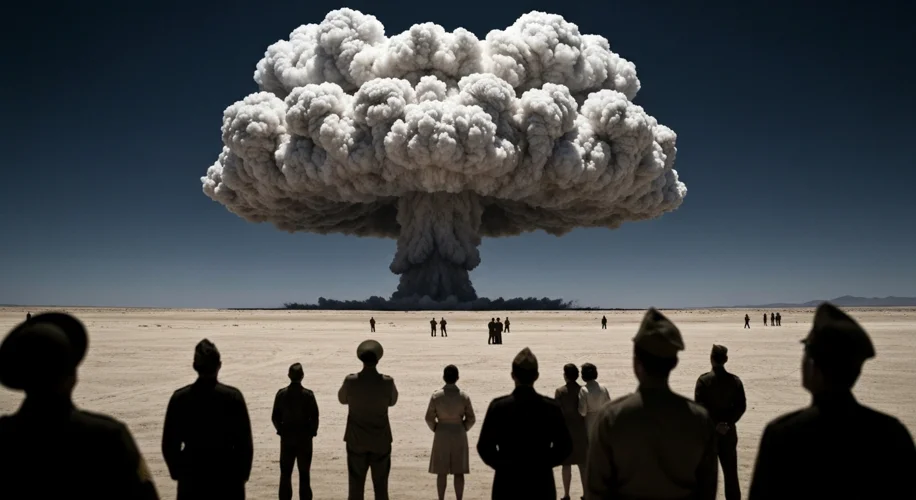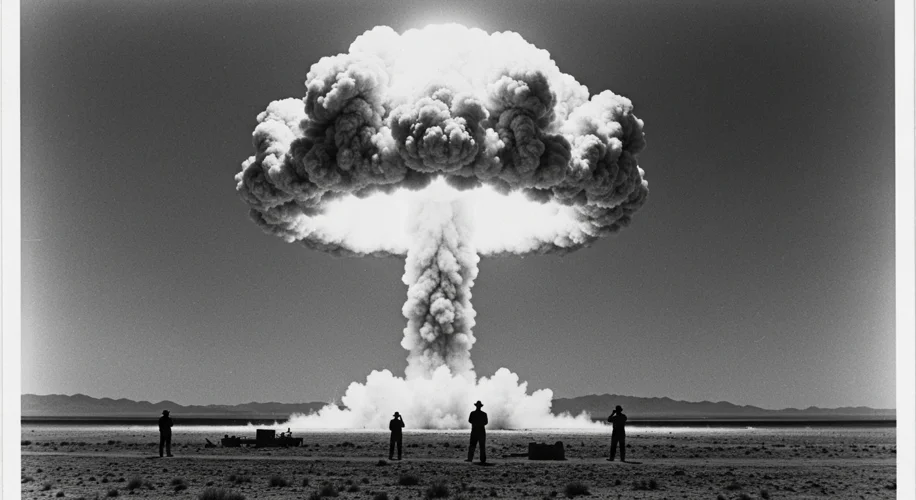The mid-20th century dawned with a chilling new reality: the atomic age. Following the devastating bombings of Hiroshima and Nagasaki in August 1945, which brought an end to World War II, the world was irrevocably changed. The United States, and soon after, the Soviet Union, possessed weapons of unimaginable destructive power. This newfound capability didn’t usher in an era of peace, but rather the intense and often terrifying Cold War arms race.
From the ashes of global conflict, two superpowers emerged, locked in an ideological struggle that would define the next four decades. The United States championed democracy and capitalism, while the Soviet Union promoted communism. This fundamental difference in worldview fueled a deep-seated mistrust, a suspicion that manifested most dramatically in the relentless competition for military and technological supremacy – the arms race.
The race was not simply about building more bombs; it was a multi-faceted contest for dominance. It encompassed the development of intercontinental ballistic missiles (ICBMs) capable of delivering nuclear warheads across continents, the creation of sophisticated surveillance technologies, and the continuous innovation in conventional weaponry. Each side sought not only to deter the other but also to project an image of unassailable strength.
One of the most iconic symbols of this competition was the development of nuclear-powered submarines. The US launched the USS Nautilus in 1954, the world’s first nuclear-powered submarine, revolutionizing naval warfare. The Soviets, not to be outdone, rapidly developed their own nuclear submarine fleet, leading to tense underwater confrontations and close calls in international waters. The constant patrolling of these silent, deadly vessels became a stark reminder of the ever-present nuclear threat.

The space race, often intertwined with the arms race, also served as a crucial front in this technological competition. The Soviet Union’s launch of Sputnik in 1957 sent shockwaves through the United States, spurring a massive investment in science education and the creation of NASA. The race to put a man on the moon, culminating in the US Apollo 11 mission in 1969, was as much a propaganda victory as a scientific achievement. It demonstrated to the world the technological prowess of each superpower.
Throughout this period, the concept of “Mutually Assured Destruction” (MAD) became a grim cornerstone of nuclear strategy. The understanding that a nuclear attack by one side would inevitably result in the annihilation of both superpowers acted as a powerful deterrent. Yet, the sheer existence of these arsenals meant that the world lived under the constant shadow of potential nuclear war. Close calls, such as the Cuban Missile Crisis in 1962, brought the world to the precipice of nuclear annihilation, highlighting the extreme danger of the arms race.
The consequences of the arms race were profound and far-reaching. It diverted vast resources – trillions of dollars – that could have been used for social programs, infrastructure, or economic development. The environmental impact of nuclear testing, with fallout spreading across the globe, was a hidden cost borne by populations worldwide. Furthermore, the constant threat of war fostered a climate of fear and suspicion, impacting daily life and international relations.
The end of the Cold War, marked by the fall of the Berlin Wall in 1989 and the dissolution of the Soviet Union in 1991, did not, however, signal the complete eradication of the nuclear threat. While tensions eased, the legacy of the arms race continues to shape global security. The proliferation of nuclear weapons, the ongoing modernization of arsenals, and the geopolitical rivalries that persist mean that the shadow of the mushroom cloud, though perhaps less menacing, remains a stark reality in the 21st century. The lessons learned from this period of intense competition continue to inform diplomatic efforts and the ongoing quest for global disarmament.

